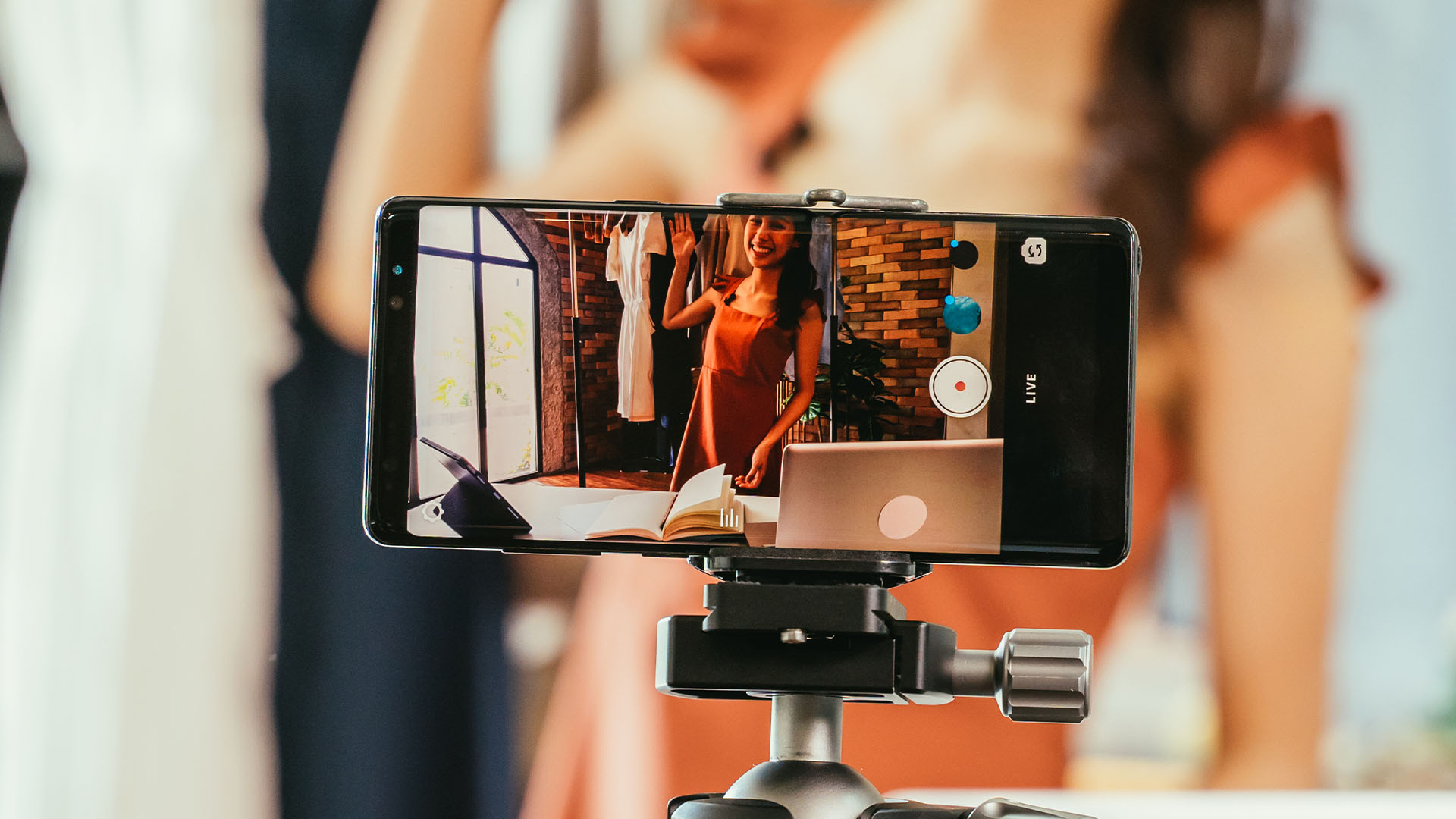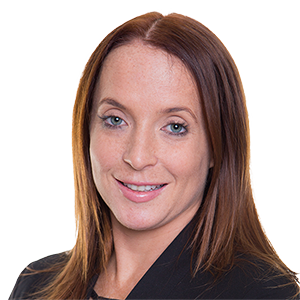There is no stronger form of advertising than a genuine and authentic personal recommendation from a trusted friend who knows you well; it is the age-old form of marketing known as “word of mouth”. Upon entering the social media age, word-of-mouth marketing took on a whole new form. The rise of the “influencer” began and along with that, came many new and old challenges.
Where there are contracts, disputes are inevitable
Brand owners are investing substantial marketing spend on influencers, as opposed to traditional advertising methods. Contracts can be put in place in order to protect the interests of brand owners. However, the counterparties can be relatively unsophisticated from a legal and business perspective. Although contracts can be put in place to cover brand owners, they must be clear and practical to be effective, especially as enforcement of those contracts can result in negative publicity.
In New York, Luke Sabbat was sued by Snapchat’s public relations company for breach of contract under an influencer agreement. In the agreement, Sabbat was to be paid $60,000 to: (i) publish at least one static Instagram post about Snapchat Spectacles; (ii) publish three Instagram Stories wearing the product; (iii) include swipe-up links in two of the stories; (iv) include images of him wearing the product at Fashion Week; (v) submit all posts for pre-approval; and (vi) supply detailed engagement analytics within 24-hours of publication.
Sabbat was paid $45,000 in advance, however, Sabbat breached the agreement as he only posted one single static Instagram post and did so without first obtaining pre-approval. The parties apparently later settled for $30,000.
Interestingly, the enforcement action was reported on widely, both from the perspective of lauding Sabbat for refusing to “shill [for]... Snapchat Spectacles”1,and criticising the brand owner as “com[ing] off looking a little desperate to make Spectacles seem cool”2. Snap, Inc distanced itself from the proceedings and indicated that it had no influence on the decision to enforce the agreement, although clearly the brand owner pays the price for such negative publicity. This example shows the need for brand owners to ensure that its PRs and advertising consultancy contracts are not only practical but adequately protect the brand owner’s rights, in the event of a dispute arising with a third party.
Brand owners should ensure that provisions are inserted into the agreement which regulate payment milestones, to ensure that no substantial payment is made until performance milestones are met. The brand owner should also ensure that, where third parties are contracting with influencers on its behalf, that the brand owner has the power to control the ultimate course of action, when disputes arise. Many brand owners may not want disputes of this nature to make it into the public realm, in light of the negative publicity that may arise.
|
Many fail to appreciate that influencer marketing is usually subject to laws which apply generally to advertisers and suppliers of consumer products. Additionally, given the global reach of social media, there is a plethora of laws, regulations and codes of conduct which could apply to influencers and those partnering with them. Until relatively recently, influencers functioned largely unchecked and unregulated. However, the tides have begun to turn given influencing has become recognised as an established and valuable industry - both regulators and competitors alike now actively scrutinise influencer content.
The type and level of input and control asserted by brands can be wildly varied. On one end of the spectrum, influencer marketing may be more closely aligned with celebrity sponsorships, where the brand owner can, in exchange for significant payment, prescribe the outputs of the service arrangement. For example, the advertiser can set mandatory copies to be used by an influencer, guidelines on content to be included (e.g. scenes on unboxing, or showcasing of key features of a product), and require approval and editing rights.
Editorial control
Editorial control can be a blessing and a curse. From a marketing perspective, it is extremely valuable to be able to control the brand’s image through the use of influencers and access to their followers. However, the greater the control, the greater scope the brand owner has to open itself to liability for the publication of content.
In the United States3, Bang Energy hired a number of social media influencers to promote its products. Their contracts with the influencers required the influencers to submit their videos to Bang’s social media for review and approval. However, those processes did not include a review of adequate licensing of copyrighted music in the videos.
Sony Music brought a direct infringement claim (based on Bang’s publication of videos on its own accounts) as well as a vicarious infringement claim in respect of videos posted to the influencers’ accounts. Sony Music claimed that Bang Energy had a direct financial benefit from the direct infringement and the right and ability to supervise a party responsible for direct infringement.
|
On the other end of the spectrum, the advertiser may simply provide trial products for the influencer to consider, and relinquish control to the influencer regarding content and messaging of any content. Alternatively, they may invite influencers to lavish events where they know they will have prominent branding – which can be a form of online guerrilla marketing. When things go wrong, a convenient excuse is that the impugned posts are not within the control of the brand owner, or advertiser, because there was no legal obligation for those influencers to post at all, nor any opportunity for the brand owners to exert editorial control over content.
Responsibility loophole?
The advertisement and promotion of tobacco and tobacco related products is restricted or prohibited in many countries around the world. Phillip Morris International (PMI) invested in and developed a heat-not-burn tobacco product, IQOS, (which stands for “I Quit Ordinary Smoking”). PMI gave commitments to the US FDA to limit youth exposure and appeal of the product as a condition of the product’s authorisation in the United States. However they ran an extensive global social media influencer campaign involving various sponsored events, and sponsored celebrity attendances to well-publicised events.
In South Africa, the Tobacco Products Control Act stipulates that no person may advertise or promote a tobacco product through any direct or indirect means including through sponsorship of any event. However, Phillip Morris sponsored Pearl Modiadie, a South African radio talk show host with more than two million followers, to an all-expenses paid trip to the opening of the Milan Design Week where IQOS was one of the new designs featured at the exhibition. Modiadie posted approximately 20 posts about the IQOS exhibition. Philip Morris South Africa responded to the allegations of unlawfulness in its conduct by advising that it does not use social media to advertise or promote its products in South Africa and there is nothing unlawful regarding a sponsored trip.
In May 2019, PMI publicly suspended its global social media campaign, following substantial negative press regarding its use of influencers, particularly those under 25 years of age.
|
Confusingly, influencers may also produce content recommending products even though the content is entirely unsolicited by the relevant brands. This is often done as part of the influencer developing their follower base and to showcase their content style to potential advertisers. In this context it can be difficult for consumers to discern between genuine recommendations and paid-for advertising (which can include ‘freebies’ or ‘gifts’). Given that the persuasive power of an influencer is so tied to the authenticity of the message, transparency of advertising has been prioritised by consumer protection, advertising and competition regulators worldwide.
Transparency of advertising in the regulators’ cross-hairs
In the UK, “hidden” advertising is covered within the remit of both the Competition & Markets Authority (CMA) (which enforces the Consumer Protection from Unfair Trading Regulations 2008 (CPRs)) and the advertising regulator, the Advertising Standards Authority (ASA) (which enforces the Committee of Advertising Practice Code).
The CMA has recently issued a suite of updated guidance directed at social media platforms, businesses/brands and influencers, with the aim of preventing and tackling hidden advertising on social media.
Interestingly, the new guidance now covers compliance principles targeted at online platforms by reference to their duty to act transparently with professional diligence under regulation 3 of the Consumer Protection from Unfair Trading Regulations 2008. This includes expectations that platforms will:
- be more proactive in tackling hidden advertising, including by using technology and algorithms to identify suspected hidden advertising for action;
- provide content creators with tools to label advertising in accordance with local laws (including prompts where potential unlabelled advertising content is identified); and
- include information in the platform’s terms of services prohibiting hidden advertising and requiring content creators to label content as advertising when they have been paid or otherwise incentivised; and, to enforce terms, conditions and take appropriate action when violations occur (including facilitating legal compliance by brands).
Whilst “guidance” does not have the status of law, the UK government has announced plans to give the CMA the power to enforce consumer protection laws directly and to impose significant fines rather than through court proceedings. See also a link to Norton Rose Fulbright’s summary of the Digital Markets, Competition and Consumers Bill.
World wide, similar guidelines are being updated to echo the sentiment that advertising should be “prominent, clear and conspicuous”, including in Europe, Australia, Canada, China, Japan and India; the UK regulators have zoomed in on the responsibility of social media platforms, alongside influencers and brand owners.
|









